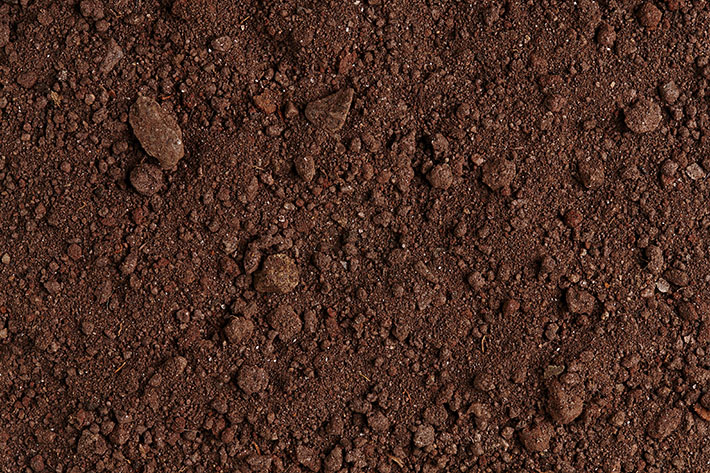
Evaluation of Soil Behavior
A new ASTM International test method will help evaluate soil behavior and soil structure interaction when placed under stress conditions.
“It is important to understand and predict how soil might behave during earthquakes, explosions, or even machine or traffic vibrations,” according to Rune Dyvik, expert advisor in laboratory and model testing at the Norwegian Geotechnical Institute. “This test method will provide the small-strain soil stiffness data needed for evaluating such behavior.”
Specifically, the test method (available as D8295) helps laboratory technicians use piezo-ceramic bender elements to determine the shear wave velocity in soil specimens, according to Dyvik.
“A shear wave is generated by a transmitter bender element at one end of a soil specimen and then is received by another bender element at the opposite boundary,” he explains. “The shear wave travel time and distance are measured, resulting in the shear wave velocity. From this, the initial shear modulus of the soil can be determined.”
Dyvik notes that the standard, developed by the ASTM International soil and rock committee (D18), will be most useful to anyone performing various types of laboratory tests on soil specimens where additional information of shear wave velocity and initial shear modulus are of interest. He adds that bender element measurements are non-destructive to the soil specimen being tested.
ASTM International welcomes participation in the development of its standards. Become a member of ASTM. The next meeting of ASTM International’s soil and rock committee is Feb. 2-5, 2020, in Atlanta, Georgia, USA.
To purchase standards, contact ASTM International customer relations (tel +1.877.909.ASTM;sales@astm.org).
 SN Home
SN Home Archive
Archive Advertisers
Advertisers Masthead
Masthead RateCard
RateCard Subscribe
Subscribe Email Editor
Email Editor